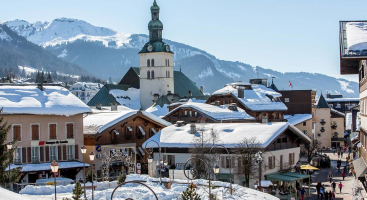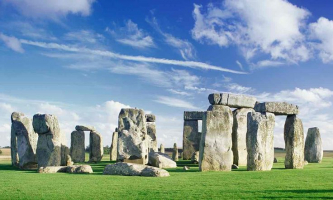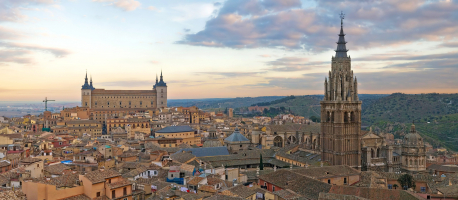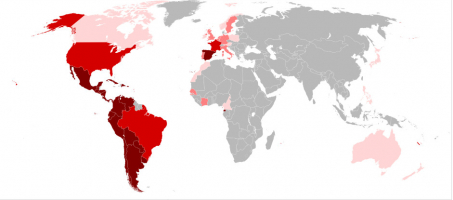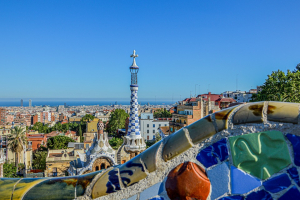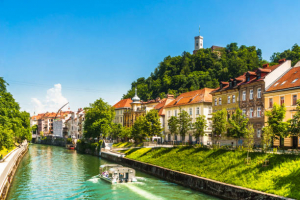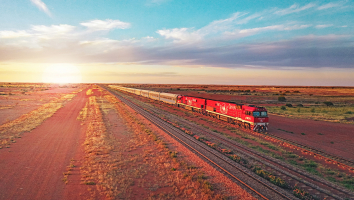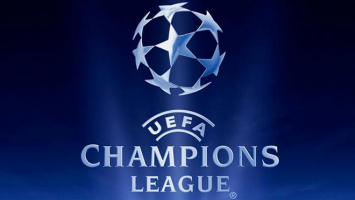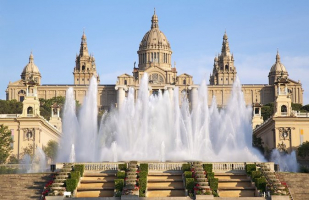Top 9 Most Intense Race Tracks in Europe
Racing is one of the most dangerous sports in the world with cars moving fast and flying around these beautifully constructed tracks. It's a place where real ... read more...drivers may show off their talents and skills. Here are the most intense race tracks in Europe we want to introduce to you.
-
The Circuit de Catalunya, one of the most intense race tracks in Europe, is a racetrack in Montmeló, Catalonia, north of Barcelona. It hosts the Formula One Spanish Grand Prix as well as the Catalonia Grand Prix for motorcycles. The Circuit de Catalunya is regarded as an all-rounder circuit due to its long straights and variety of bends. It's frequently utilized for off-season testing.
The Circuit de Catalunya was constructed in 1991. It was intended to hold its debut race in 1992, in conjunction with the Olympic Games. The Olympic Games were supposed to be held in Barcelona. Even though it is located in Montmeló, the circuit is frequently referred to as 'Barcelona' in the racing fraternity. The Circuit de Catalunya is not to be confused with Montjuïc, which staged the Spanish Grand Prix four times between 1969 and 1975. Unlike the Circuit de Catalunya, the Montjuïc circuit is located within the city limits of Barcelona.
Overtaking was common when the circuit first began. Cars could be closely followed through the final two turns. They'd slipstream down the long straight in preparation for a pass. This style of overtaking became less effective as aerodynamic balance became increasingly critical. The cars couldn't keep up with each other as closely. They would be subjected to turbulence caused by the leading vehicle. This made it difficult for a vehicle to come close enough to pass. The next-to-last corner was replaced with a chicane in 2007 to improve passing.
Location: Montmeló, Barcelona, Catalonia, Spain
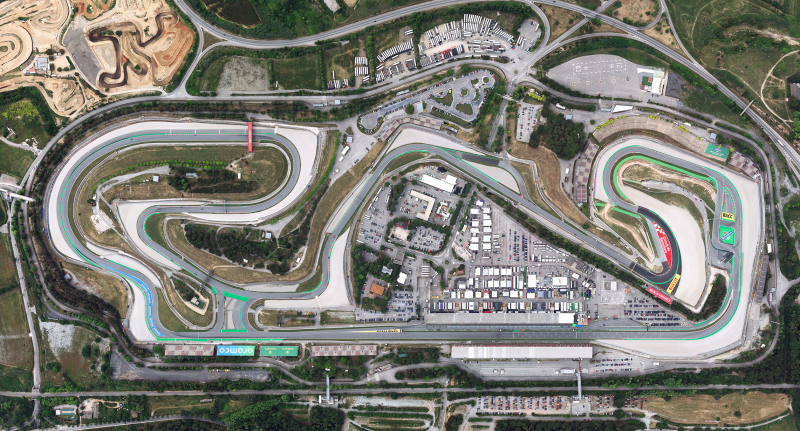
circuitcat.com 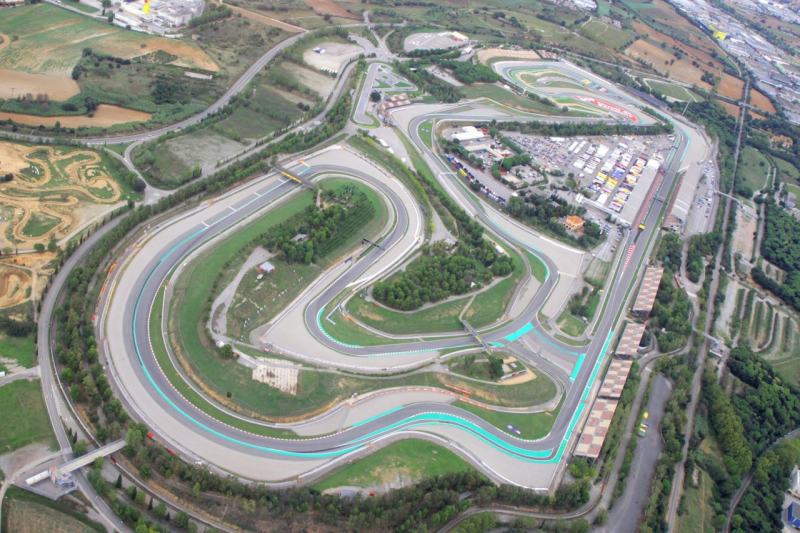
corp.formula1.com -
The Circuit de Monaco is a 3.337 km (2.074 mi) street circuit that circles the Principality of Monaco's harbor on the streets of Monte Carlo and La Condamine. It is often and even officially referred to as "Monte Carlo" because it is mostly located within Monaco's Monte Carlo area.
Antony Noghès, president of the Monegasque motor club, Automobile Club de Monaco, and a close friend of the ruling Grimaldi family, proposed a Grand Prix race around the streets of Monaco. The first race was held in 1929, and William Grover-Williams won in a Bugatti. The circuit hosts the Formula One Monaco Grand Prix, Formula E Monaco ePrix, and Historic Grand Prix of Monaco on three weekends each year in April and May. Over the years, Formula One's feeder series - Formula 3000, GP2 Series, and now the Formula 2 championship and Porsche Supercup - have also visited the circuit concurrently with Formula One. The Monaco Grand Prix is one of three races in which victories contribute toward the Triple Crown of Motorsport.
Only three local drivers have won a race at the circuit thus far. Louis Chiron did it at the non-championship 1931 Monaco Grand Prix; 82 years later, Stefano Coletti won the short race at the 2013 Monaco GP2 Series round. Stéphane Richelmi was the third driver to achieve so during the sprint race of the 2014 Monaco GP2 Series round.
Location: La Condamine and Monte Carlo, Monaco
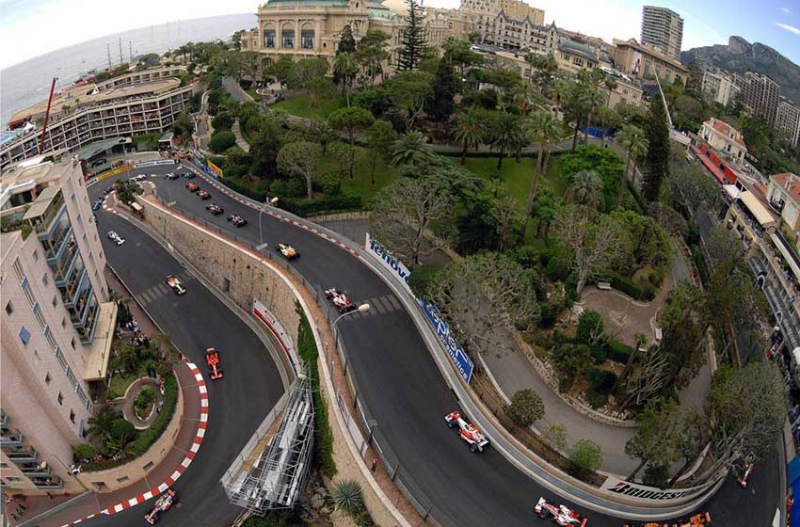
sportsmatik.com 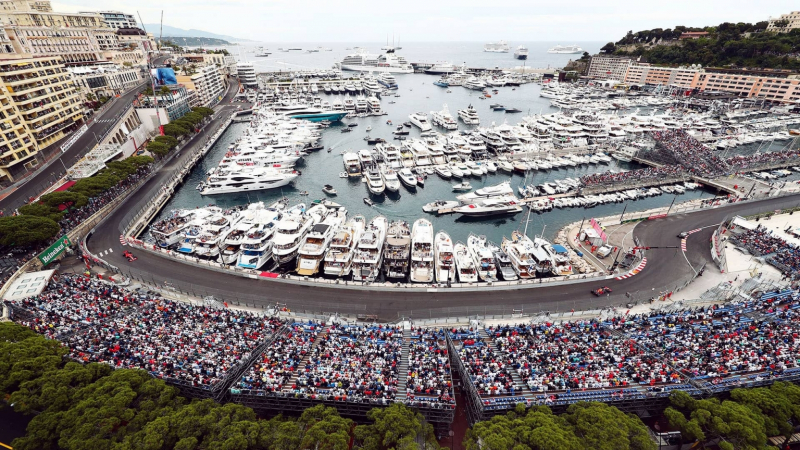
formula1.com -
The Botniaring Racing Circuit is a racing circuit in Jurva, Finland, located in Southern Ostrobothnia. The Botniaring has been turned from a relatively short and tight circuit to what was Finland's longest and fastest raceway until the arrival of the KymiRing. The Jurva circuit features motorsport from April to October but is open for driving training, including on ice and snow, throughout the fall and winter months.
The track was opened in 1989 with a 1.627-mile (2.618-kilometer) course that curved back and forth inside a roughly rectangular configuration. It was nonetheless good for close, intense racing fights, despite the fact that its length meant it could only ever host Finnish racing championships and club events. The infield could also be bypassed by a short straight to form an 'oval,' however, in actuality, this was a series of straights connected by near 90-degree turns and was rarely utilized for racing events.
Planning to enlarge the circuit to produce the country's longest track began in 2011. Drivers and teams reviewed preliminary plans, and a virtual version was constructed so it could be tested in a simulator, with feedback integrated into the final design. The construction of the circuit extension began in 2012 and was completed in time for the 2013 racing season.
The entire circuit currently measures 2.494 miles (4.014 km) and includes a high-speed chicane that is unique in Finland. Because the track was extended, the tarmac on the earlier section was also replaced, thus the entire track is quite smooth and in good condition overall.
Location: Southern Ostrobothnia, Jurva, Finland
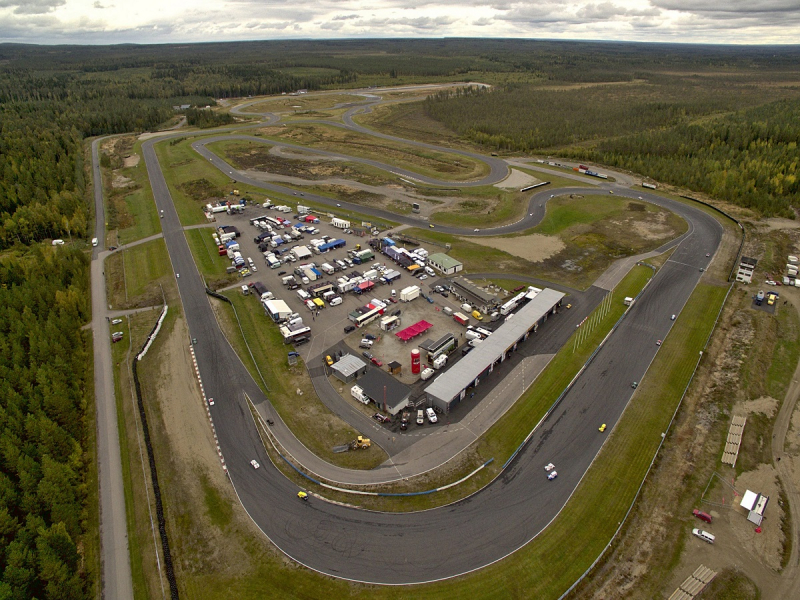
botniaring.fi 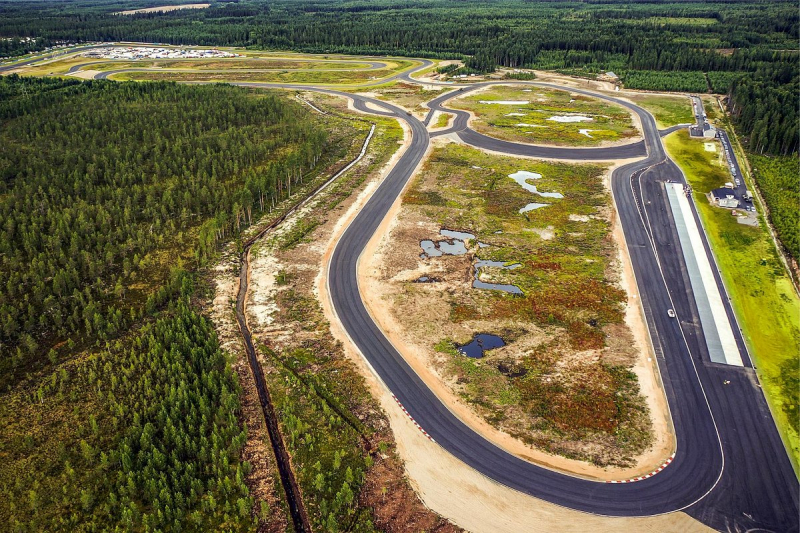
tripadvisor.com -
The Athens Circuit was Greece's first permanent circuit, opened a few months before the country's only other circuit, Serres. The track is a multipurpose area that can be used for any type of vehicle or motorcycle activity. The track, which is located on the outskirts of the town of Megara, is only 35 kilometers from Athens, explaining its recent name change.
The track is 2.1 kilometers long, with six right bends and four left turns with an average width of 11-12 meters. With the longest straight measuring only 580 meters, this is not a facility for getting a head of steam, more similar to an oversized kart track. While there is a comprehensive kart facility adjacent to the main track, karts have also been known to use abbreviated versions of the road circuit.
The circuit has featured domestic car and motorbike racing, as well as events for McLaren and Prodrive, a Ferrari festival, and even a Supermotard world championship race. The Greek economy's collapse has had an unavoidable impact on circuit operations, with few racing events currently scheduled. Things have improved slightly in recent years, with track day events serving as the circuit's staple of activity.
Location: Megara, Greece

athenscircuit.gr 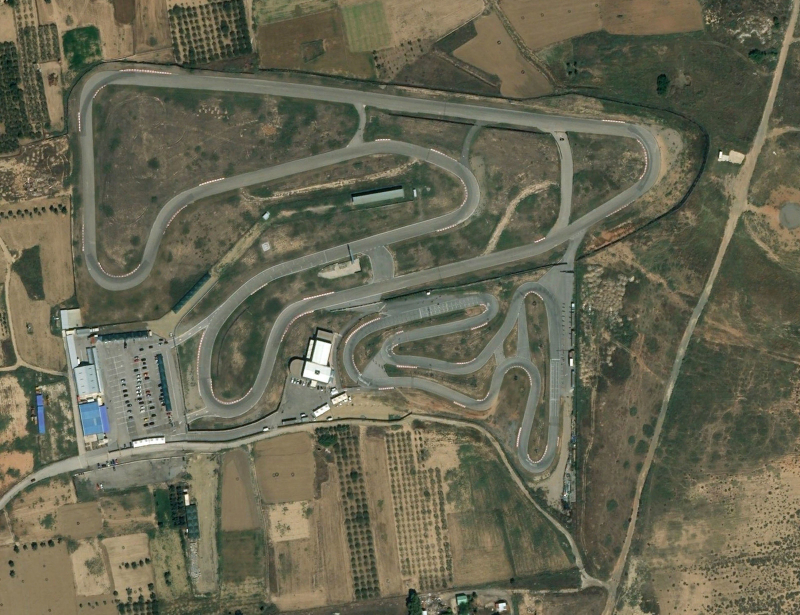
assettocorsamods.net -
The Hungaroring Circuit is a Formula One racing circuit in Mogyoród, Hungary, which hosts the Hungarian Grand Prix. It hosted the first Formula One Grand Prix held behind the Iron Curtain in 1986. Formula One boss Bernie Ecclestone desired a race in the Soviet Union but was unable to reach an agreement with Moscow. Budapest was recommended by a Hungarian acquaintance of his. Formula One wants a street circuit akin to the Circuit de Monaco to be created in the Népliget, Budapest's largest park. The Hungarian government chose to develop a new circuit near a major highway just outside the city.
Construction began on October 1, 1985. The circuit was completed in eight months, which is faster than any other Formula One track. On March 24, 1986, the inaugural race was organized in remembrance of János Drapál. Drapál was Hungary's first Grand Prix motorcycle race winner.
The Hungaroring Circuit is a Grand Prix circuit on the Formula One calendar. The F1 event is usually held in the middle of summer in Central Europe. Because the course is often sandy, traction is limited. This is due to the track's infrequent use during the season and its construction on sandy soil. The track is constructed in a natural valley. From any vantage point, around 80% of the racecourse is visible. The Hungaroring is a twisting circuit with challenging passing. Hungarian motorsport is headquartered at the Hungaroring. In addition to Formula One, it has hosted DTM and FIA GT Championship races.Location: Mogyoród, Budapest, Hungary
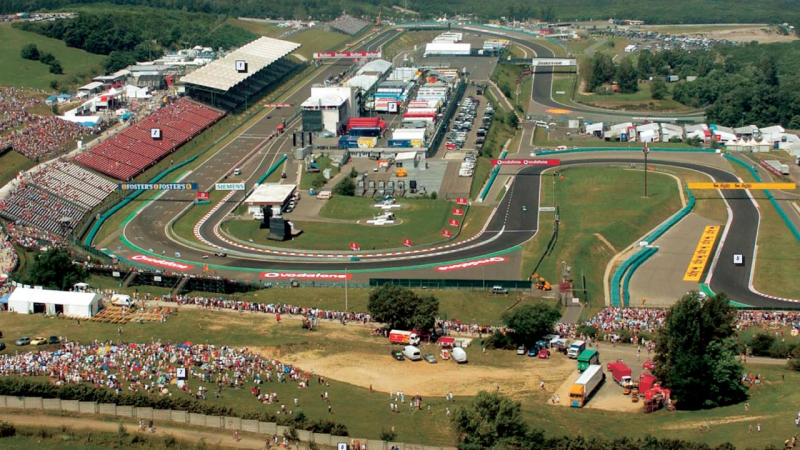
driver61.com 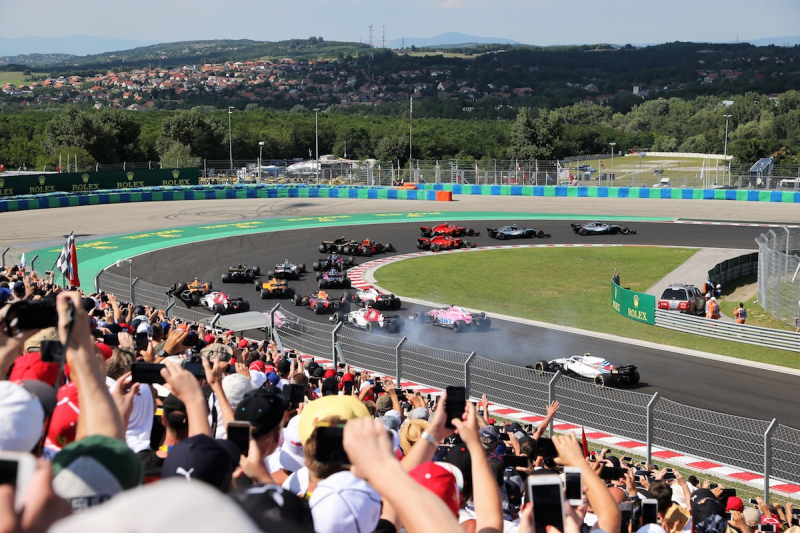
f1experiences.com -
The Isle of Man TT Mountain Course, sometimes known as the TT Course, is a motorcycle racing street and public rural road circuit on the Isle of Man. The clockwise route is 37.730 miles (60.721 kilometers) long, beginning at the TT Grandstand on Glencrutchery Road (A2 Ramsey to Douglas) in Douglas, the island's largest town. The race circuit leaves Douglas at Quarter Bridge, then travels along the A1 Douglas to Peel route through the villages of Braddan, Union Mills, Glen Vine, Crosby, and Greeba. The route then turns right at Ballacraine onto the A3 Castletown to Ramsey road, passing through countryside glens, agricultural terrain, and the communities of Kirk Michael, Ballaugh, and Sulby before meeting the A18 Snaefell mountain road after negotiating urban streets in Ramsey. The A18 then returns to Douglas via the highest point, Hailwood's Height near the 31st Milestone and the UK Ordnance Survey spot height of 1,385 feet (422 meters) above sea level. The downhill begins in the countryside before entering the residential areas of Douglas and returning to the finish line.
As one of the most intense race tracks in Europe, the Isle of Man TT Mountain Course maintains a special place in the hearts of all motorcyclists; a challenging but thrilling throwback to a bygone age of racing that puts man and machine to the ultimate test. The yearly TT and Grand Prix races bring a swarm of professional and amateur racers to the island to put their skills to the test on the island's challenging roads, and they are immensely important dates in the island's tourism calendar, drawing tens of thousands of fans.
Location: Douglas, Isle of Man
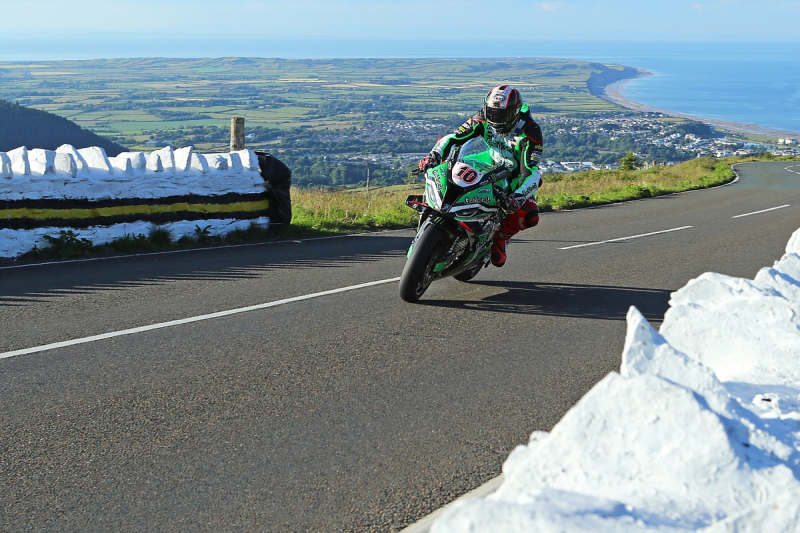
motorsport.com 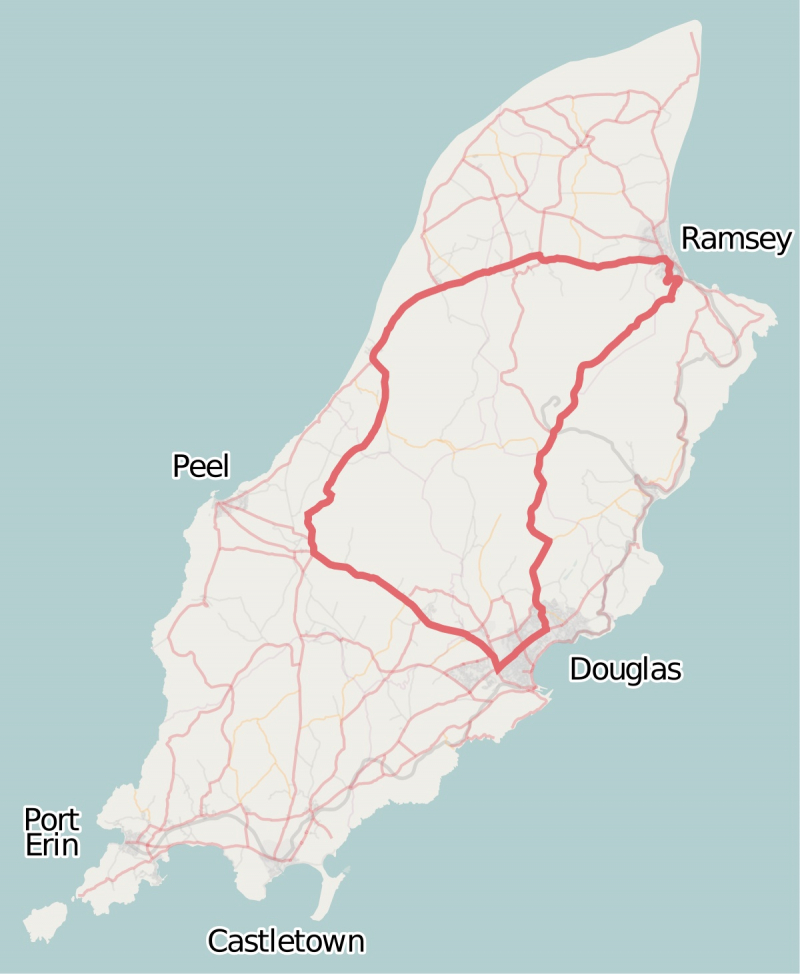
en.wikipedia.org -
FDM Jyllands-Ringen is a motor racing track in Resenbro, Denmark, near Silkeborg. In 2003, the course was enlarged from 1.475 km (0.917 mi) to 2.300 km (1.429 mi) by connecting it to an adjacent oval circuit. The Danish Touring Car Championship held regular events at Jyllands-Ringen. It held several annual rounds of the Danish Thundersport Championship from 2014 to 2019. It has held many annual editions of the TCR Denmark Touring Car Series since 2020.
The Danish Grand Prix was held here in 1968, 1969, and 1970, with races for Sports Prototypes and Sports GT cars. Barrie Smith won the Danish Grand Prix in both 1968 and 1969 in a Chevron B8 Ford. In 1968, it was a Ford twin-cam engine car, and in 1969, it was a Cosworth FVA engine car.
In 2003, the Minister of Culture Brian Mikkelsen cut the ribbon to officially inaugurate Denmark's longest circuit. The track was ready for racing after numerous laps as a passenger in a Ferrari F50 driven by Jan Magnussen. This was the start of a golden era for Danish touring car racing, as the track hosted a DTC that was gaining international traction. Along with the local stars, drivers such as Jens Edman, Markko Martin, and James Thompson added to the excitement. The Danish Touring Car Championship joined with the Swedish Touring Car Championship in 2010 to become the Scandinavian Touring Car Cup, bringing a large grid of S2000 tourers to the Jyllandsringen. Unfortunately, the championship has been exclusively focused on Sweden since 2013, therefore the void in the Danish racing scene was filled by a new DTC - the Danish Thundersport Championship for American-style sportscars. The Jyllandsringen, a fan favorite, is once again at the center of the action, hosting many championship rounds.Location: Silkeborg (Resenbro), Denmark
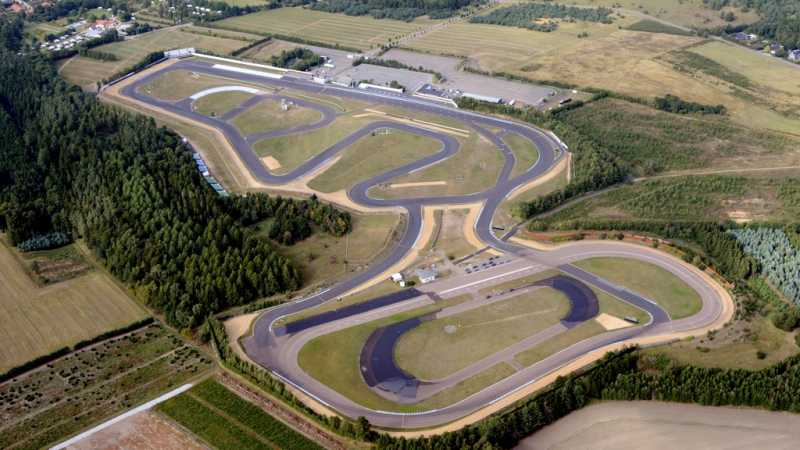
visitaarhus.com 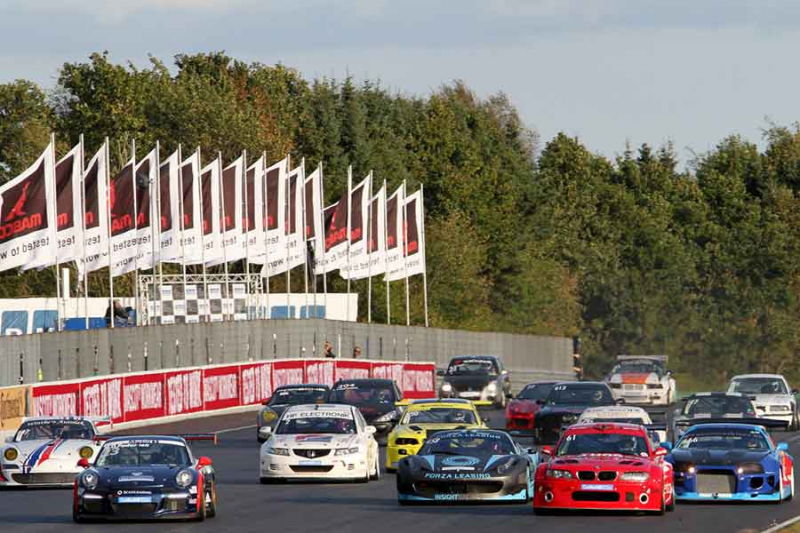
snaplap.net -
The Circuit des 24 Heures du Mans, also known as the Circuit de la Sarthe after the 1906 French Grand Prix triangle circuit, is a semi-permanent racing race course located in Le Mans, Sarthe, France. Its current configuration is 13.626 kilometers (8.467 mi) long, making it one of the world's longest circuits. It includes private, race-specific parts of the track as well as public roads that are open most of the year. The race stadium, where the short Bugatti Circuit is located, has a capacity of 100,000 people.
As one of the most intense race tracks in Europe, full throttle is used for up to 85% of the lap time, exerting enormous strain on engine and drivetrain components. Furthermore, the time spent reaching top speed causes significant wear on the brakes and suspension as cars must slow from over 322 km/h (200 mph) to roughly 100 km/h (62 mph) for the abrupt turn in Mulsanne.
It is well known as the site of the 24 Hours of Le Mans car race. The 24 Hours of Le Mans is an endurance sports car race conducted each year near Le Mans, France. It is the world's oldest running endurance race. Unlike fixed-distance events where the winner is selected by the fastest time, the 24 Hours of Le Mans is won by the car that travels the greatest distance in the shortest amount of time. Cars on this track can attain speeds of up to 366 km/h (227 mph) and have previously reached speeds of 405 km/h (252 mph) prior to track changes. Racing teams must strike a balance between the need for speed and the cars' capacity to run for 24 hours without mechanical failure. From 1953 until its final season in 1992, the 24 Hours of Le Mans was a regular feature of the World Sportscar Championship. It took part in the Intercontinental Le Mans Cup in 2011. The race has been a part of the FIA World Endurance Championship since 2012. The 24 Hours of Le Mans was both the second and final event of the World Endurance Championship's super-season, which spanned from May 2018 to June 2019.
Location: Le Mans, Pays de la Loire, France
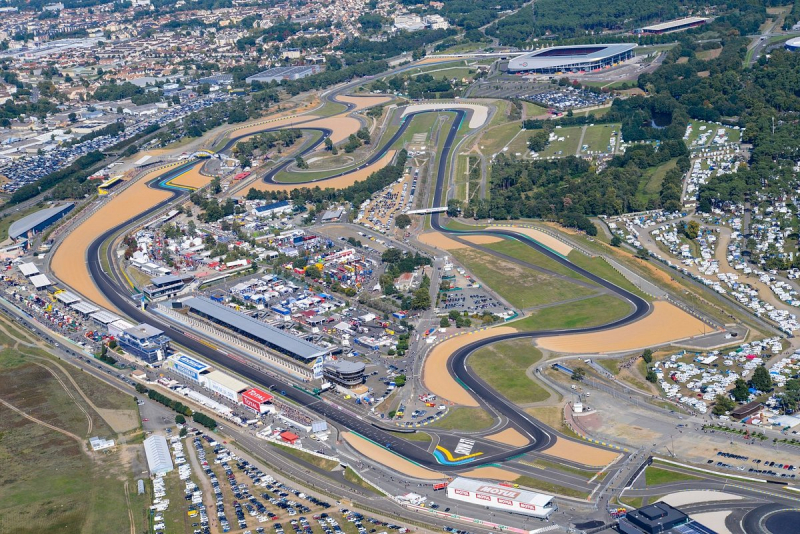
tripadvisor.co.uk 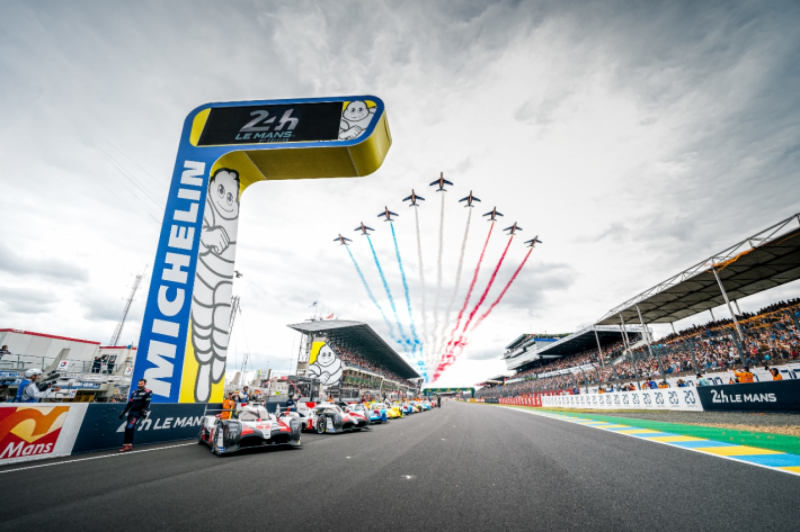
24h-lemans.com -
The Nürburgring is a motorsports complex with a capacity of 150,000 people in Nürburg, Rhineland-Palatinate, Germany. It has a Grand Prix race circuit that was established in 1984, as well as a long Nordschleife "North loop" track that was developed in the 1920s surrounding the village and historic castle of Nürburg in the Eifel mountains. The north loop is 20.830 kilometers (12.943 mi) long and has an elevation difference of more than 300 meters (1,000 feet) from its lowest to the highest point.
The track originally had four configurations: the 28.265 km (17.563 mi) Gesamtstrecke ("Whole Course"), which was made up of the 22.835 km (14.189 mi) Nordschleife ("North Loop"), and the 7.747 km (4.814 mi) Südschleife ("South Loop") ("South Loop"). There was also a 2.281 km (1.417 mi) warm-up loop around the pit area named Zielschleife ("Finish Loop") or Betonschleife ("Concrete Loop").
The history and heritage of the Nürburgring are entwined with those of motorsport. Since 1927, the 'Green Hell,' as Jackie Stewart so eloquently characterized it, has both thrilled and terrified drivers, and any race here remains one of the greatest spectacles and challenges on the racing calendar. While the entire Nordschliefe is only used for a few racing events, most notably the annual 24 Hours and the regular 'Langstrecken' races, it remains an iconic venue, attracting enthusiasts from all over the world with the opportunity to take a lap in their road machinery during the 'Touristfahrten' sessions. The modern Grand Prix track is still in use as an FIA Grade 1 circuit, hosting events such as the DTM, GT Masters, and the Oldtimer Grand Prix.
Location: Nürburg, Germany
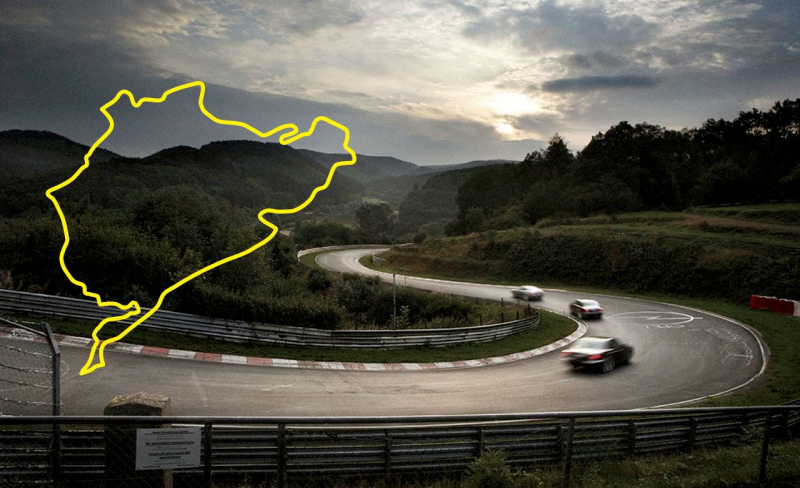
caranddriver.com 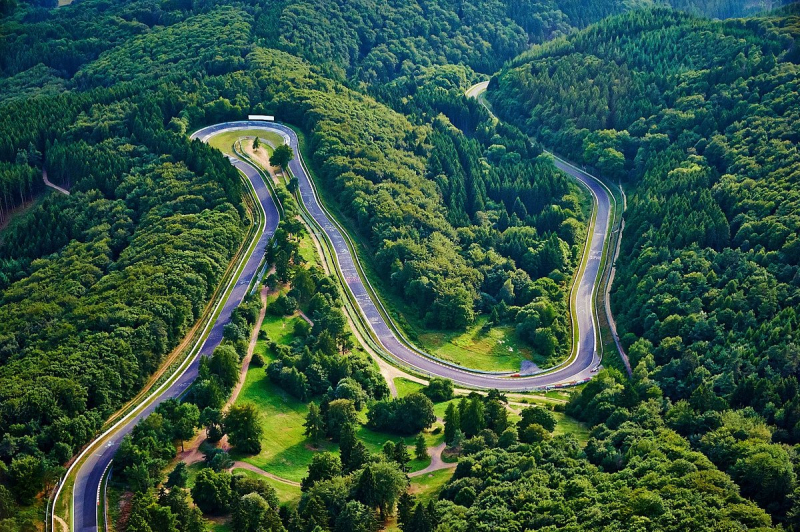
tripadvisor.com












